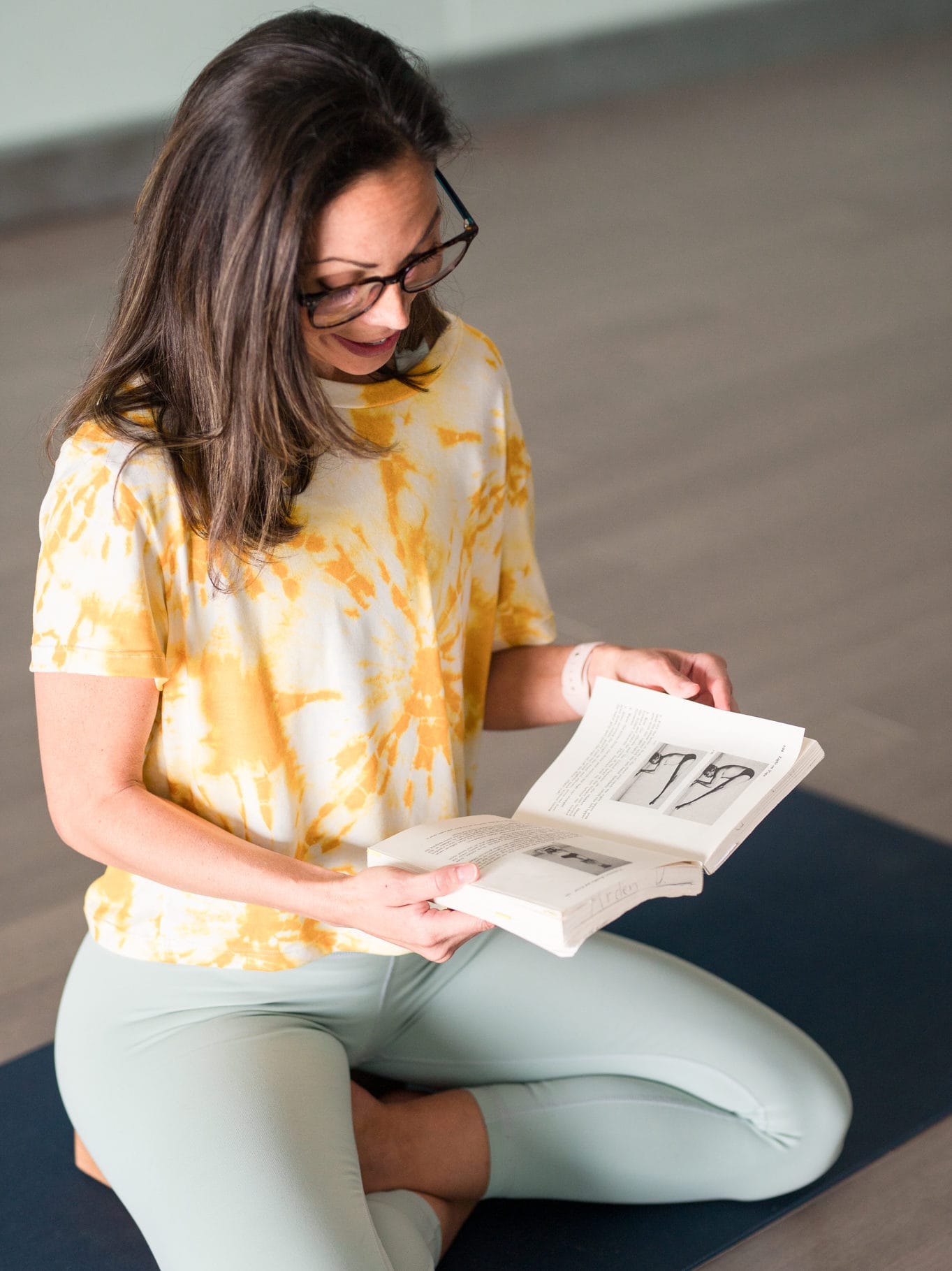Yoga is more than flexibility. Yoga is more than postures. Yoga is more than movement and breathwork. Yoga has many facets, and in the Yoga Sutras of Patanjali, an eight-limb path is delineated. By following and practicing the eight-limb path, one is illuminated with wisdom and enlightenment.
The Yamas and the Niyams are the first two limbs in Pantanjali’s eight-limb path. Asana, or the yoga postures we practice in class, is the third limb. The term for eight-limb is ashtanga, and Pantanjali is considered the first to write down what had been passed down verbally for hundreds, if not thousands, of years prior.
The importance of understanding the eight-limb path is recognizing the many aspects of yoga. We practice asana, or the postures (aka warrior 1, down dog, shoulder stand), and all the while we should also practice the other limbs. Especially those two limbs that come prior to asana, or yoga practice.
The very first limb are the yamas, or the restraints or self-regulations. There are five yamas:
- Ahimsa: Non-harming
- Satya: Truthfulness, or honesty
- Asteya: Non-stealing
- Brahmacharya: Remembering the divine
- Aparigraha: Non-greed or non-hoarding
The very first is ahimsa. Although each yama is important, the placement of non-harming, or non-violence, as first makes it perhaps the most important aspect of the eight-limb path. In essence, non-harming is kindness. Non-harming is not just of others; it is also of oneself, of all living beings, and non-harming of objects. Many yogis become vegetarian as a result of showing ahimsa. Kindness is considered the king in yoga. The next time you practice yoga and beat yourself up because you fell out of a balancing posture, practice ahimsa toward yourself.

If kindness is king, satya, or honesty, is queen. In the Yoga Sutras, it states that if you are truly honest, all you speak will come true. Being fully honest means not even telling a small white lie or seeing the truth for what it is, in life and within. Honesty with yourself is part of satya.
Asteya, or non-stealing or non-hoarding, seems simple enough as well. Most of us pay for our items, but do we steal others’ ideas? Or perhaps you steal others’ energy without even knowing. You may take showers and “steal” unnecessary water from Earth and beings who may also need it. The deeper you delve, the more you see what you may or may not be stealing.
Brahmacharya, or remembering the divine, has several meanings and can sometimes be misdefined as abstinence. Unfortunately, when dealing with an ancient language like Sanskrit, multiple meanings arise. Currently, brahmacharya is defined as traveling a path with the divine in mind or walking in awareness of the highest reality. By doing so, you attain courage and vitality.
The final yama is aparigraha, or non-indulgence or non-greed. This is non-attachment. Perhaps we hold on to things because we are attached to the sentiment, not the item. By holding on to an item, we are hoarding or showing attachment for the item. By letting go of things or attachments, it allows us to let go of the past and live presently in the moment.
The second limb is the niyamas, or the practices necessary for daily living. There are five niyamas:
- Saucha: Purity of body and mind
- Santosha: Contentment
- Tapas: Training of the senses or heat
- Svadhyaya: Self study, or reflection
- Ishvara Pranidhana: Letting go into one’s source
Saucha can be as literal as cleaning our bodies, teeth, tongues, eyes, nails, bowels. But saucha can also mean a clear and pure mind, clearing out the ruminations.
Contentment, or santosha, is similar to observing gratitude and savoring what is present. Practicing santosha by savoring your morning coffee, pausing to listen to the birds, or stopping to observe the gorgeous sunset cultivates contentment and boosts joy.
Tapas, or training the senses or heat, also means discipline and burning with enthusiasm. It means the desire to train, work or build. It is the fire behind the work and the enthusiasm to continue to practice.
Self-study or getting to know yourself is svadhyaya. By practicing svadhyaya, you get to understand yourself better. Meditation and journaling give us insight into ourselves. Svadhyaya also allows us to see ourselves for who we are.
Ishvara pranidhana is the belief and study that something out there is greater than us. It is the understanding that there is a higher source, surrendering to what is, and allowing a bigger picture to emerge with trust of a higher source.
The yamas and niyamas are the restraints and observances practiced throughout life. It is a basic guide on how to live in harmony with ourselves and with others.


